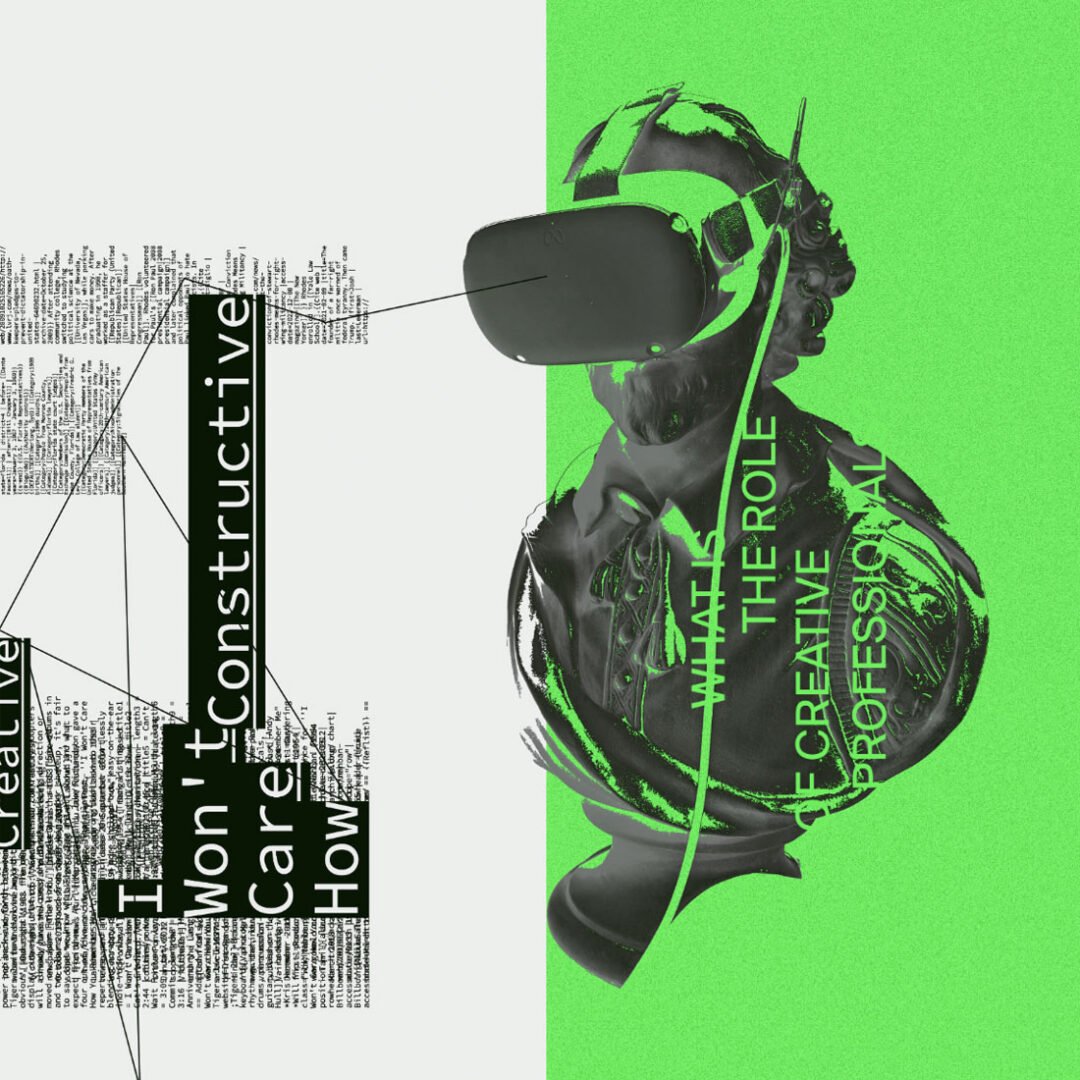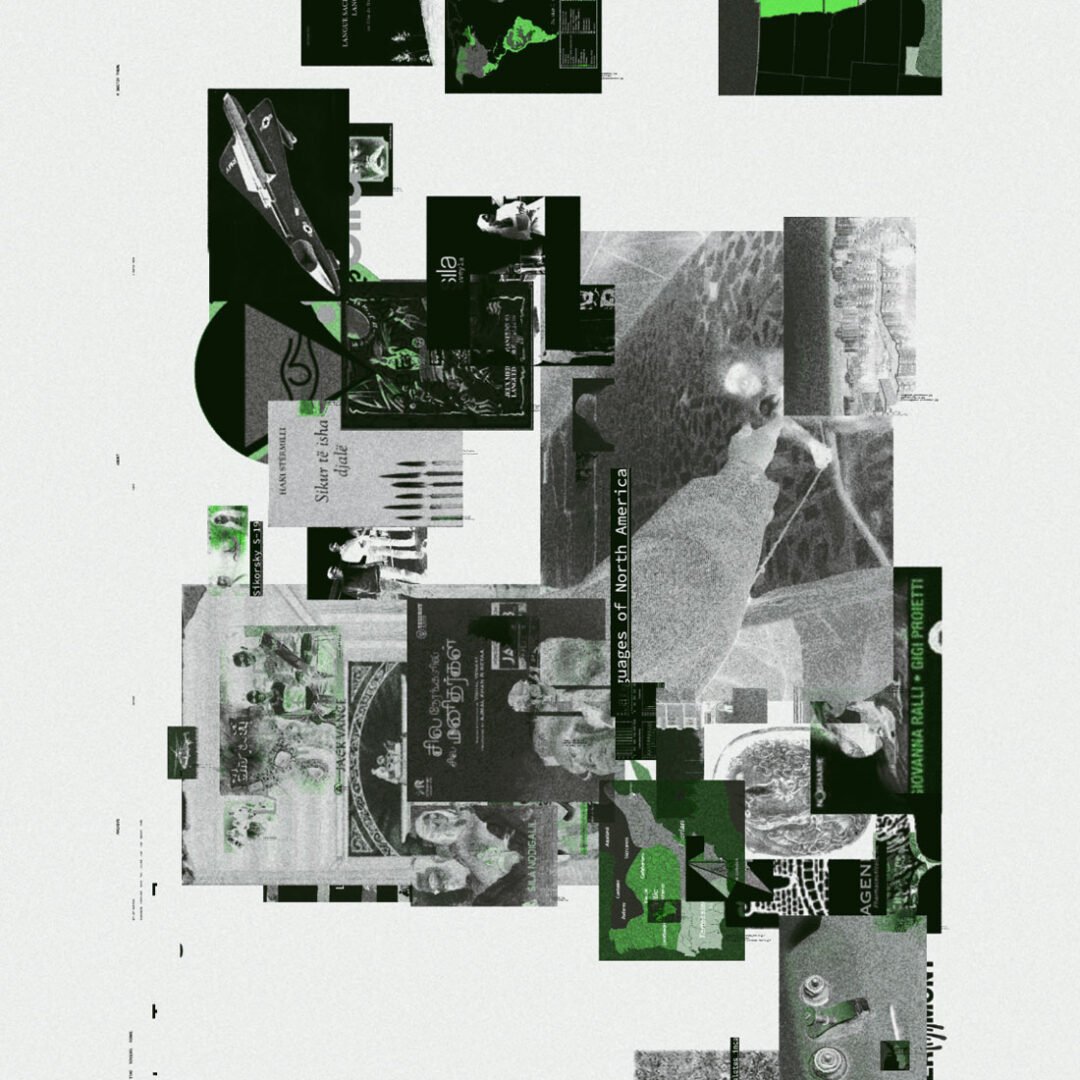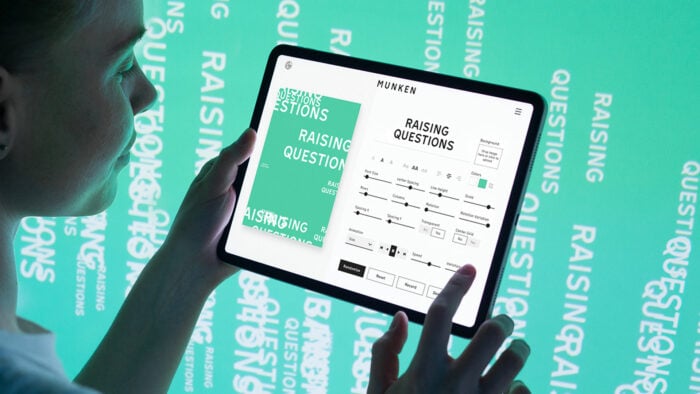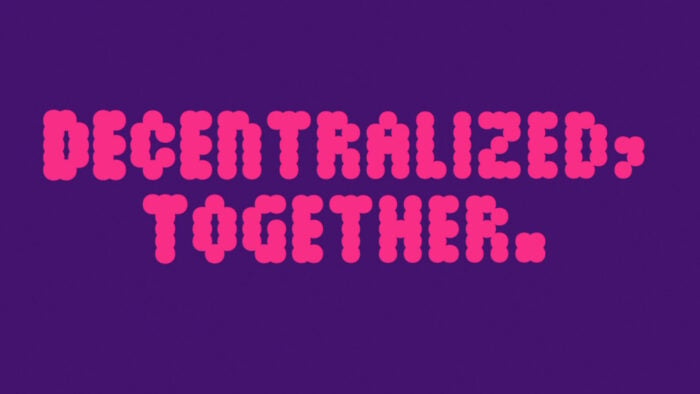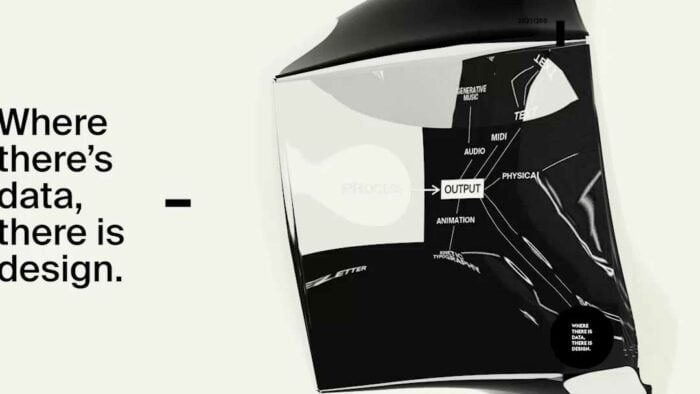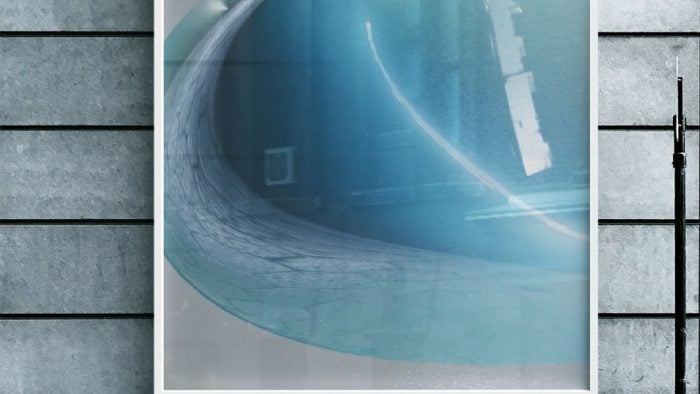What is Systemic Design?
Data-Design Dictionary
A dictionary to illuminate data-driven generative design and creative coding.
Systemic design is an approach that combines systems thinking with generative and programmatic design methodologies to address complex design and branding problems. It looks at the ‘big picture’, considering the entire system rather than just its individual parts[1]. The strategy is to capture, recognize, and anticipate subjective relationships and patterns holistically to be able to translate them into objective rules. This way they can be shared in a co-creative process by man and machine.
In systemic design, every aspect of the environment can be understood as an ordering principle and data-source. This approach is particularly useful in finding new solutions for storytelling- and design issues that are too complex for traditional, linear design strategies. In the context of generative design, systemic design plays a crucial role as an important strategy that allows the development of innovative and efficient designs that a human designer might not conceive of independently.
Hover over elements to learn more. Click-and-drag elements to move them around.
Systemic design is the prerequisite and basis for working with data-driven design. Being able to capture, recognize, and anticipate subjective relationships and patterns holistically allows those patterns to be translated into objectives rules and programs that can be utilized to drive both generative design system and creative coding explorations.
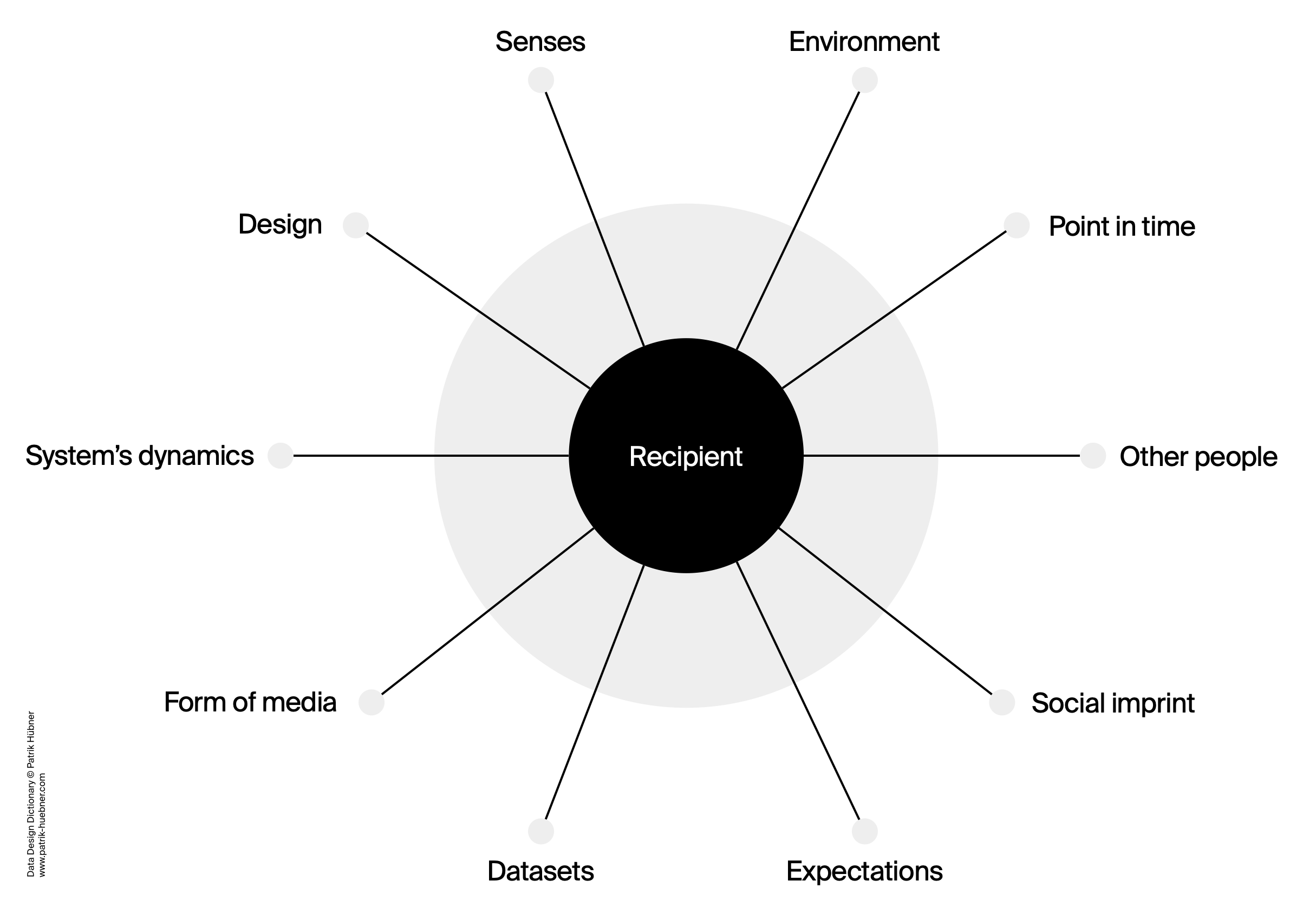
Systemic
Capture, recognize, and anticipate subjective relationships and patterns of a system holistically to translate them into objective rules. This way we can share them with man or machine.
Programmatic
Utilization of the extracted rules in order to apply them in a goal-oriented manner. This leads to the the separation of the creative act from the human being by transferring it to the machine. “Instead of solutions for programs, programs for solutions. ” (Karl Gerstner)
Generative
Combining system and programmatic thinking and their multifaceted systemic and programmatic influences within the context of making content newly comprehensible and staging it from a fresh perspective leads to a generative mindset.
Additional quotes about systemic design
„Systems do not only consist of material stock and flows, cause and effect relations and energy exchange. All systems are subject to interpretation. We might consider the boundaries of the systems, including associations, symbols, emotions, narratives, beliefs, cultures and power structures. Often these immaterial forces are stronger than what is concrete and quantifiable.“[1]

